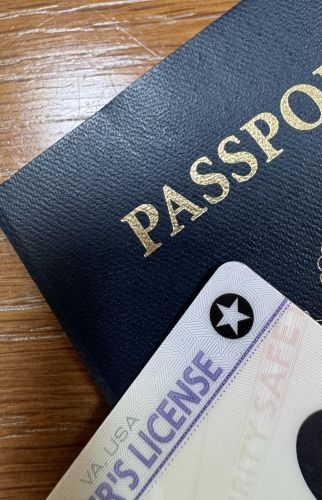



Starting May 7, 2025, if you intend to fly domestically or access federal facilities, make sure that your driver’s license complies with the REAL ID Act. Enacted in 2005 as part of security reforms following the 9/11 terrorist attacks, the REAL ID Act was created to improve the security of identification documents. It establishes minimum standards for these documents to be accepted for certain federal purposes.
You may have heard of this law back in 2008 when it was set to go into effect. However, between opposition from states, time to reach compliance, and COVID, the deadline was extended multiple times.
The REAL ID Act has three key objectives:
The main goal of the REAL ID Act is to improve security and reduce the risk of identity theft and fraud. It ensures that all state-issued identification documents meet the same strict standards across the country.
Applicants for a REAL ID must provide documentation proving their identity, Social Security number, address, and lawful status in the United States. REAL ID-compliant licenses and ID cards must include certain security features to prevent tampering, counterfeiting, or duplication. States must verify the documents with the issuing agencies before issuing a REAL ID.
Check your current ID. If your driver’s license or state-issued ID has a star in the upper right-hand corner, it is REAL ID-compliant. That star may seem insignificant, but it means that your license meets a certain standard. If your ID does not have that star, visit your state’s Department of Motor Vehicles (DMV) and provide proof of your identity, residency, and legal status in the United States. Non-U.S. citizens who are legally residing in the United States can also apply for a REAL ID, but they will need to provide additional documentation to prove their legal status. See your state DMV for a list of the exact documentation that you need to obtain a REAL ID.
While no state requires that you obtain such an ID, if your ID does not comply with the REAL ID Act by May 7, 2025, you will need a passport or another acceptable form of identification to board domestic airlines or enter certain federal facilities.
Do you have questions about REAL ID or want more information? Please contact Mitchell Goldstein (mgoldstein@setlifflaw.com) at (804) 377-1269, or Steve Setliff (ssetliff@setlifflaw.com) at (804) 377-1261.
© 2025 Setliff Law, P.C.| View Our Disclaimer | Privacy Policy